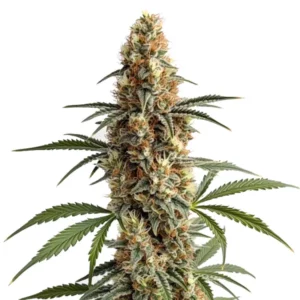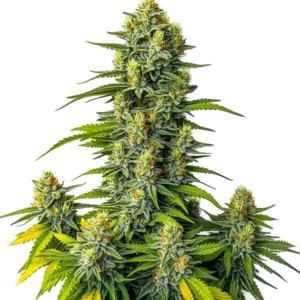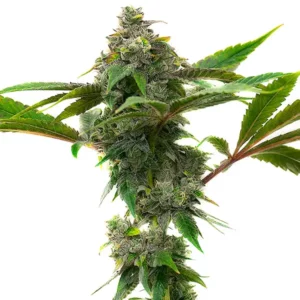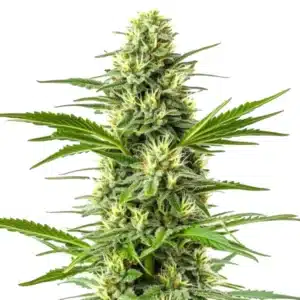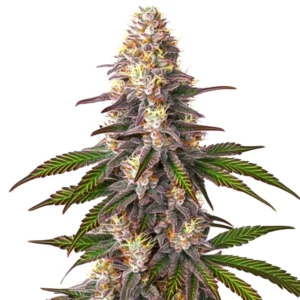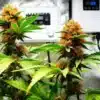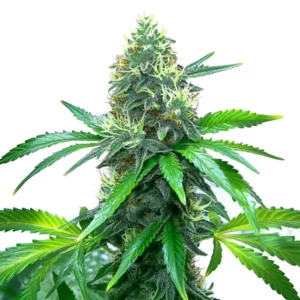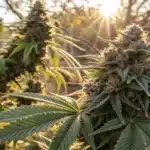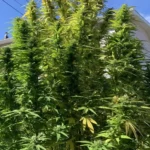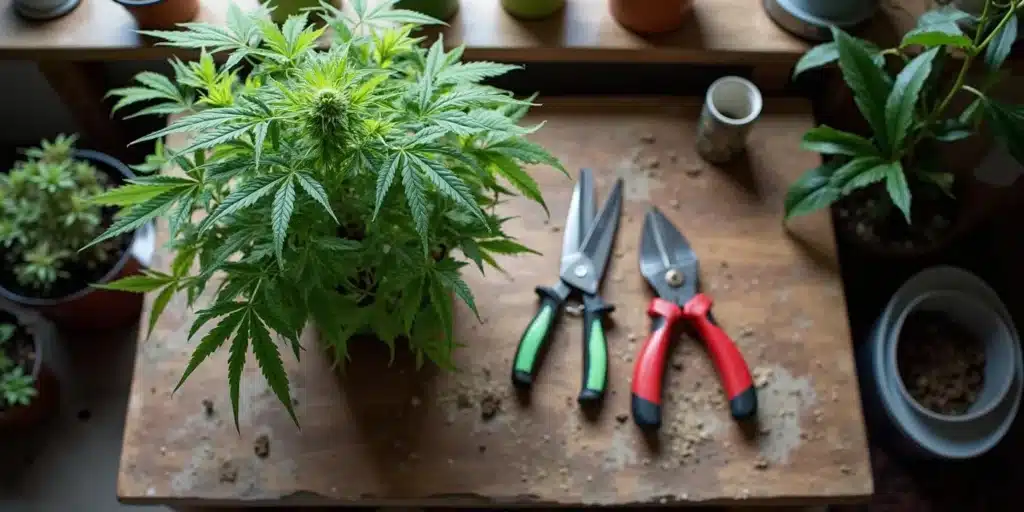
What is Fimming?
Fimming is a popular technique among cannabis cultivators. It’s a way to increase your plant’s yield without having to add more plants. In simple terms, it involves cutting off the top of your cannabis plant to encourage it to grow more branches and therefore, more buds.
This technique is often compared to topping, but fimming is slightly different and has its own unique benefits. Though it might sound harsh, fimming encourages plants to grow thicker and bushier, which ultimately leads to more bud sites. This is crucial in maximizing yield, especially if you have limited space.
Recommended Strains
Mamba Negra
|
|
THC | 18% (Medium) |
|
|
Type | Feminized |
|
|
Yield | High |
|
|
Phenotype | 55% Indica / 45% Sativa |
Mamba Negra Auto
|
|
THC | 8% - 15% (Low) |
|
|
Type | Autoflowering |
|
|
Yield | Low |
|
|
Phenotype | 80% Indica / 20% Sativa |
What is Fimming in Cannabis Cultivation?
The term “fimming” is an acronym for “F*ck, I missed,” referencing the imprecise nature of this technique. Unlike topping, where you cut the plant at a specific node, fimming involves a less precise cut at the top of the plant. This cut should be made about 75% of the way through the plant’s newest shoot.
The result is that the plant will grow four main colas instead of just one. This is because the cut causes the plant to redistribute its growth hormones, causing the lower branches to grow more vigorously. This results in a bushier plant with more bud sites, leading to a higher yield.
The timing of fimming is crucial. It should be done during the vegetative stage of the plant’s growth cycle. This is when the plant is in its prime growth phase and can easily recover from the cut.
How to Do Fimming: A Step-by-Step Guide
Now that you know what fimming is, let’s get into how to do it correctly and safely.
First, ensure your plant is ready. To withstand this technique, the plant must be well-established, typically with at least four new shoots or standing about 60 cm (24 inches) tall. This indicates it has a strong enough root system to recover quickly from the stress.
The best time of day to perform fimming is at the end of the light cycle or in the late afternoon. This gives the plant the entire dark/night period to rest and begin its recovery process without the stress of intense light.
Using a clean, sharp tool, identify the newest shoot of your cannabis plant. Once you’ve identified this shoot, make a cut about 75% of the way through it. After making the cut, you can apply a plant healing agent to the open wound. This can help seal the cut, prevent an embolism (air bubble in the vascular system), and protect it from infection.
Your plant will then need some time to recover. During this period, the plant will begin to redistribute its growth hormones, and you should start to see more branches growing. It’s important to note that fimming should only be done once or twice during the plant’s lifetime to avoid stressing it too much.
Promos & Deals
What is Fimming and Its Benefits?
The primary benefit of fimming is that it can increase your cannabis yield. By creating more bud sites, you can potentially lead to a higher harvest. Another benefit is that it can help manage the height of your plants, which is useful if you’re growing indoors. The bushier growth pattern also makes the plant stronger and less prone to toppling over under the weight of its buds.
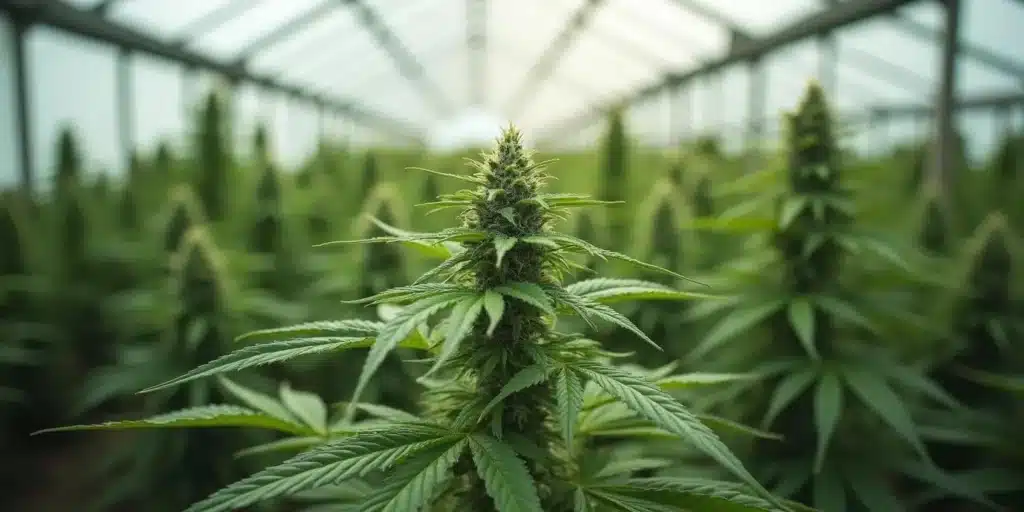
Recommendations for Fimming
Certain cannabis strains on Blimburn Seeds respond particularly well to fimming. One is OG’s Kush, known for its vigorous growth. Another is Mamba Negra, known for its resilience and adaptability, making it perfect for beginners. Finally, Gorilla Glue #4 is another strain that responds well, known for its high yield and potent buds.
When deciding to fim, research your strain and its growth habits. Patience is also key. It requires some time for the plant to recover and start showing results.
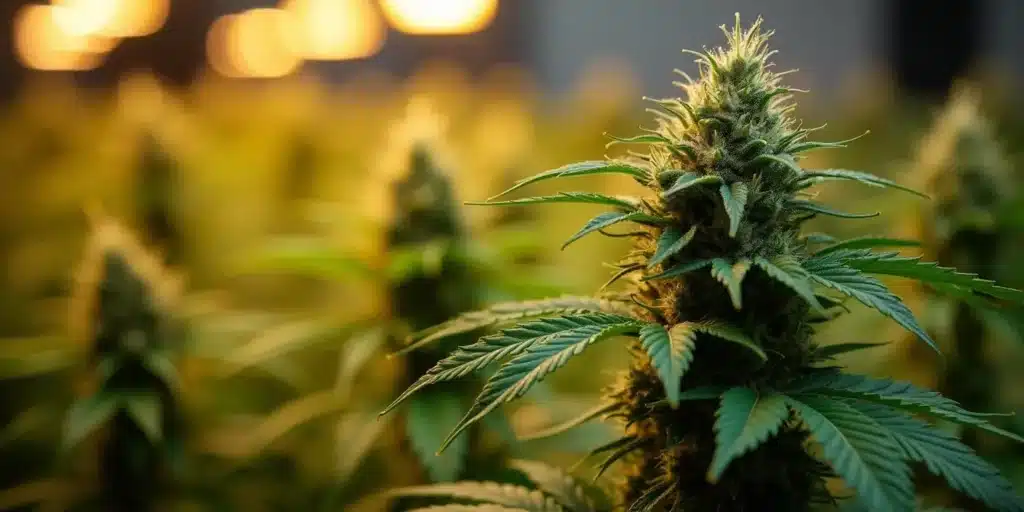
FAQs About Fimming
Is fimming harmful to the plant?
Contrary to what one might think, fimming is not harmful to the plant. While it does involve cutting off part of the plant, this does not cause significant damage. In fact, the plant recovers quickly and starts to redirect its growth hormones to the lower branches, leading to a bushier growth pattern.
However, it’s important to note that fimming should only be done once or twice during the plant’s lifetime. Doing it more often can stress the plant and may have negative effects on its health and productivity.
When understanding how to do fimming: what is it and is it harmful, it’s important to keep in mind that, like any other gardening technique, it should be done with care. Overdoing it can indeed harm the plant. But when performed correctly and at the right time, fimming can be a beneficial technique that enhances the plant’s growth and yield.
It’s also crucial to note that the plant’s health and condition before fimming play a significant role in how it responds to the technique. A healthy, well-nourished plant will recover faster and show better results compared to a stressed or unhealthy plant. Therefore, always ensure your plant is in good health before you decide to fim.
When is the best time to fim my plant?
The best time to fim your cannabis plant is during the vegetative stage. This is the stage when your plant is growing the most vigorously, and it will be able to recover quickly from the cut. Fimming during the flowering stage is not recommended, as it can stress the plant and affect its yield.
Keep in mind that you should only fim your plant once or twice during its lifetime. Fimming too often can stress the plant and may negatively impact its health and productivity.
When considering the best time to fim, it’s also worth noting that the plant’s age and size matter. Younger plants may not respond as well to fimming as older, more established ones. Also, smaller plants may not have enough foliage to handle the stress of fimming. Therefore, it’s usually recommended to fim when the plant has at least 3-5 nodes.
In this detailed guide on what is fimming, we also highlight the importance of monitoring your plant after fimming. Look for signs of new growth and recovery. If the plant seems stressed or unhealthy, it’s best to give it some time to recover before considering another fim.
How do I know if I’ve fimmed correctly?
After fimming, your plant should start to grow more branches. This is a sign that the plant has redirected its growth hormones and is responding well to the cut. If you don’t see more branches growing after a few days, it’s possible that you didn’t make the cut correctly.
Remember, fimming involves making a cut about 75% of the way up the plant’s newest shoot. If you cut too high or too low, you might not see the desired results. But don’t worry, practice makes perfect, and you’ll get the hang of it with time.
Another way to know if you’ve fimmed correctly is to observe the plant’s overall health and vigor after the cut. If the plant seems stressed or unhealthy, it’s possible that the cut was too deep or too rough. However, if the plant continues to grow vigorously and shows signs of new branches, you can be confident that you’ve fimmed correctly.
In understanding what is fimming and how to do it, remember that each plant is unique and may respond differently to fimming. Some plants may take longer to show results, while others may respond quickly. Be patient and attentive to your plant’s needs, and with time, you’ll become an expert at fimming.
Can I fim any cannabis strain?
While fimming can be performed on any cannabis strain, some strains respond better to this technique than others. Strains that have a vigorous growth pattern and are known to produce a high yield, such as the OG’s Kush, Mamba Negra, and Gorilla Glue #4 from Blimburn Seeds, are ideal for fimming.
However, even if your strain is not known for its high yield, you can still try fimming. You might not see as dramatic results, but it can still help to manage the plant’s height and encourage a bushier growth pattern.
Remember, the success of fimming largely depends on the overall health and condition of your plant. Even the best strains may not respond well to fimming if they are not well-cared for. Therefore, always ensure your plant is healthy and well-nourished before you decide to fim.
In this detailed guide on what is fimming, it’s also important to note that while fimming can be beneficial for many strains, it’s not a one-size-fits-all technique. Each strain has its own unique growth habits and needs, and what works for one may not work for another. Therefore, it’s always best to research your specific strain and understand its needs before deciding to fim.
Can I combine fimming with other cultivation techniques?
Yes, fimming can be combined with other cannabis cultivation techniques to maximize your yield. Techniques such as low-stress training (LST) and Sea of Green (SOG) can work well with fimming.
However, it’s important to be mindful of not stressing your plant too much. Each of these techniques causes a certain amount of stress to the plant, and combining too many at once can be harmful. It’s always best to start slow and see how your plant responds before trying more advanced techniques.
Understanding what is fimming in cannabis cultivation and how it interacts with other techniques is key to successful cultivation. For instance, combining fimming with LST can encourage the plant to grow in a specific direction, allowing you to shape the plant according to your needs. Similarly, combining fimming with SOG can maximize your yield even further by creating a dense canopy of buds.
However, when combining fimming with other techniques, it’s important to monitor your plant closely to ensure it’s not over-stressed. Signs of stress include wilting, yellowing leaves, and stunted growth. If you notice any of these signs, it’s best to give your plant some time to recover before introducing any new techniques.


